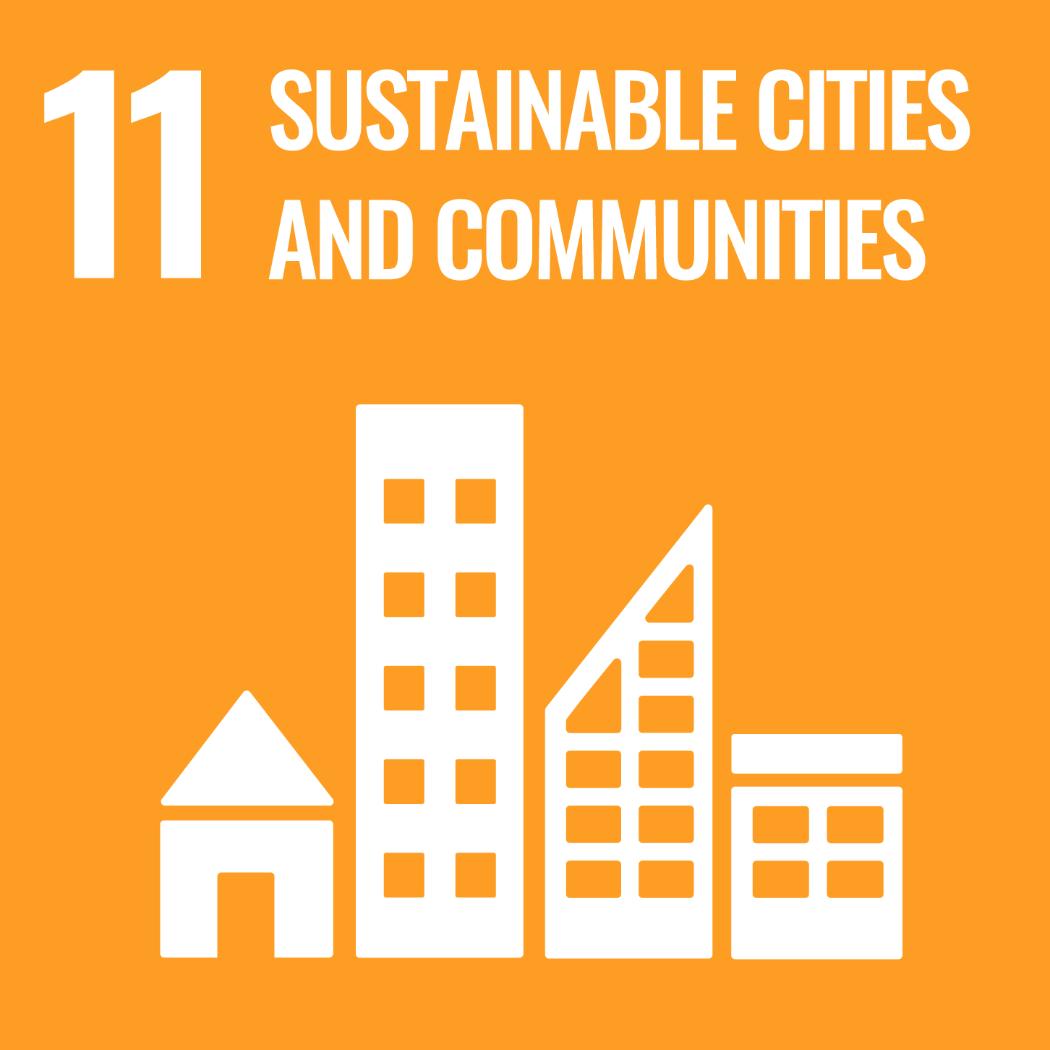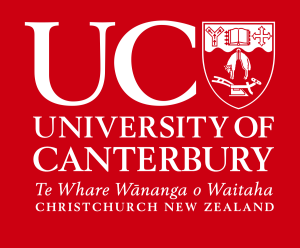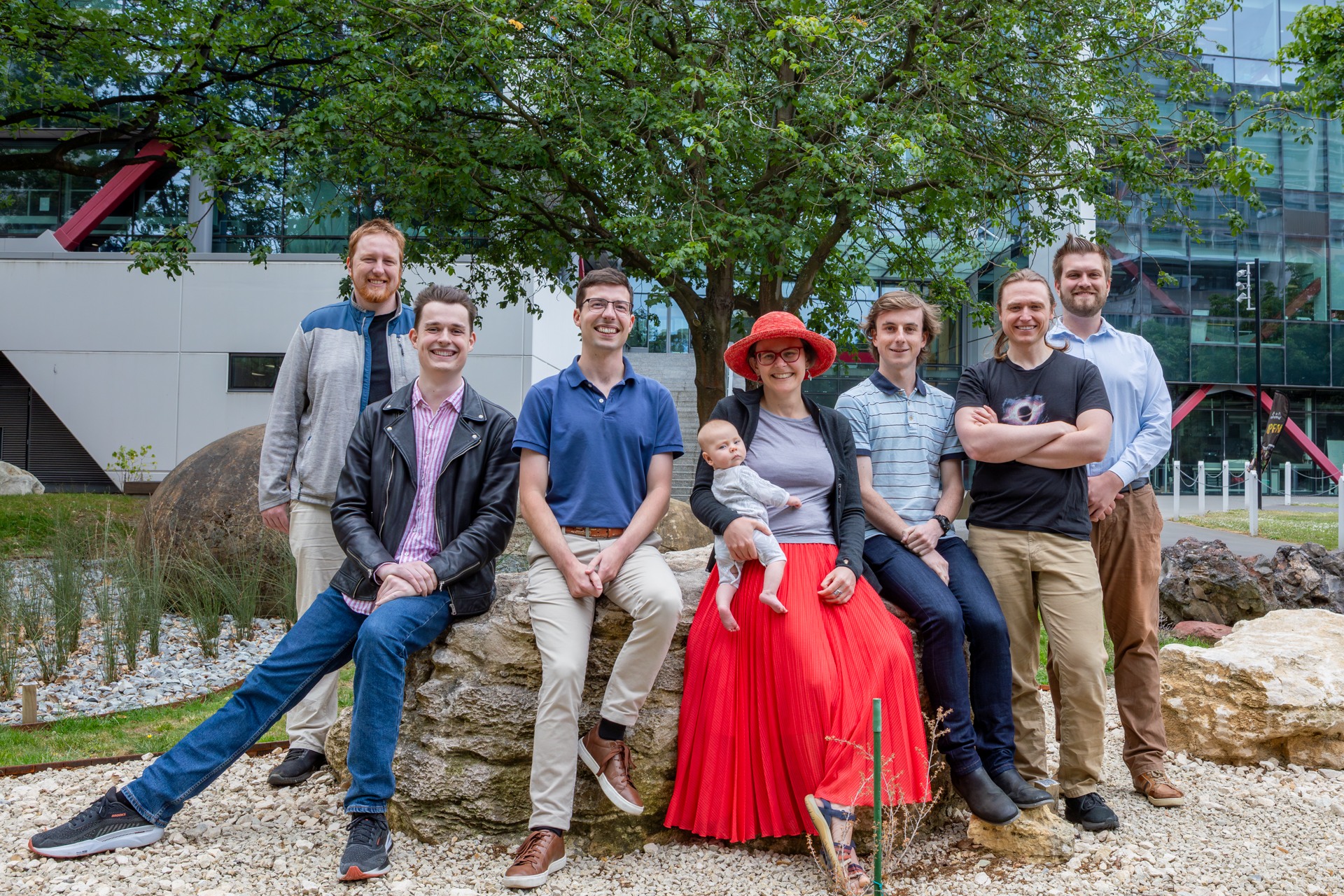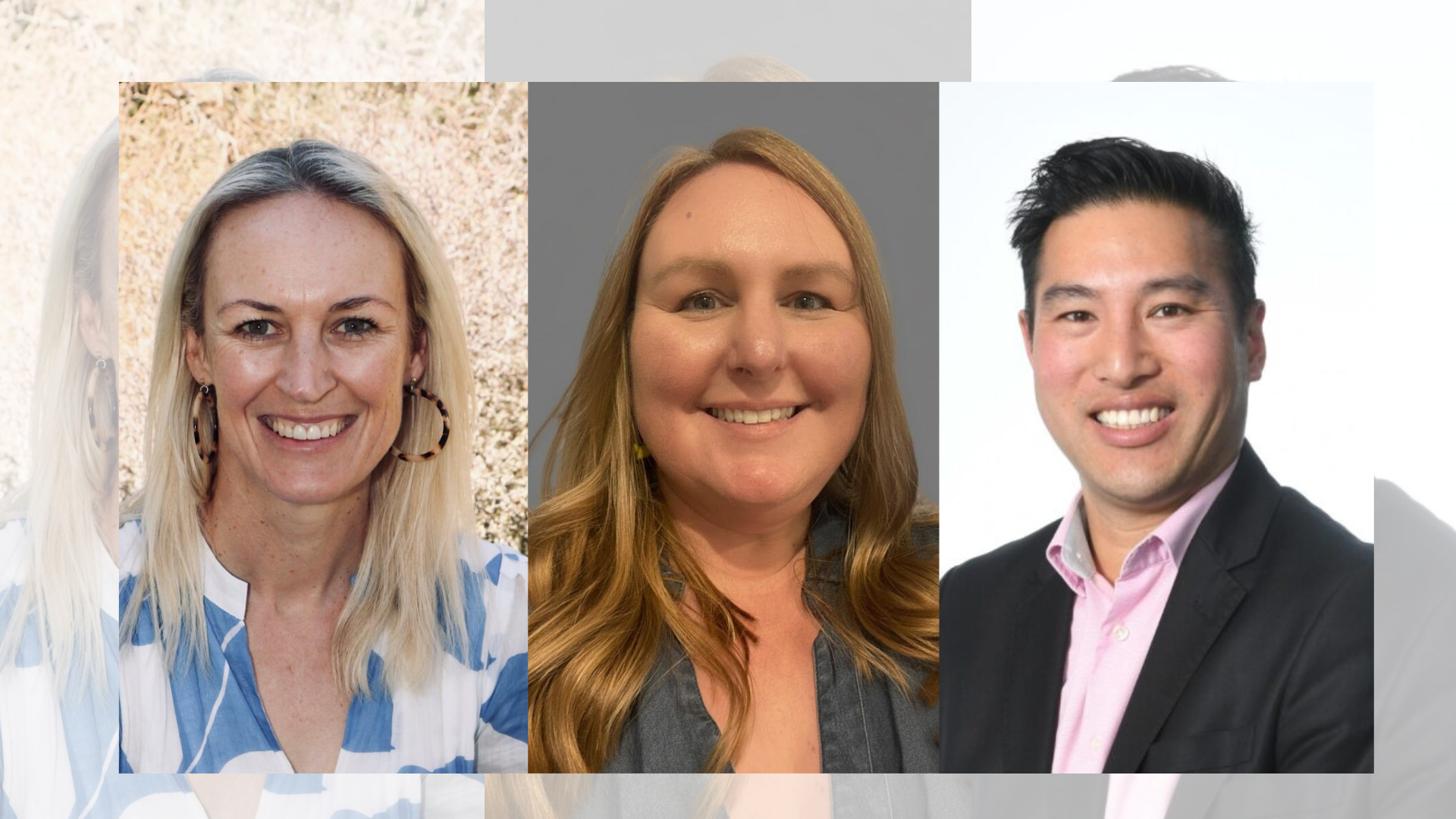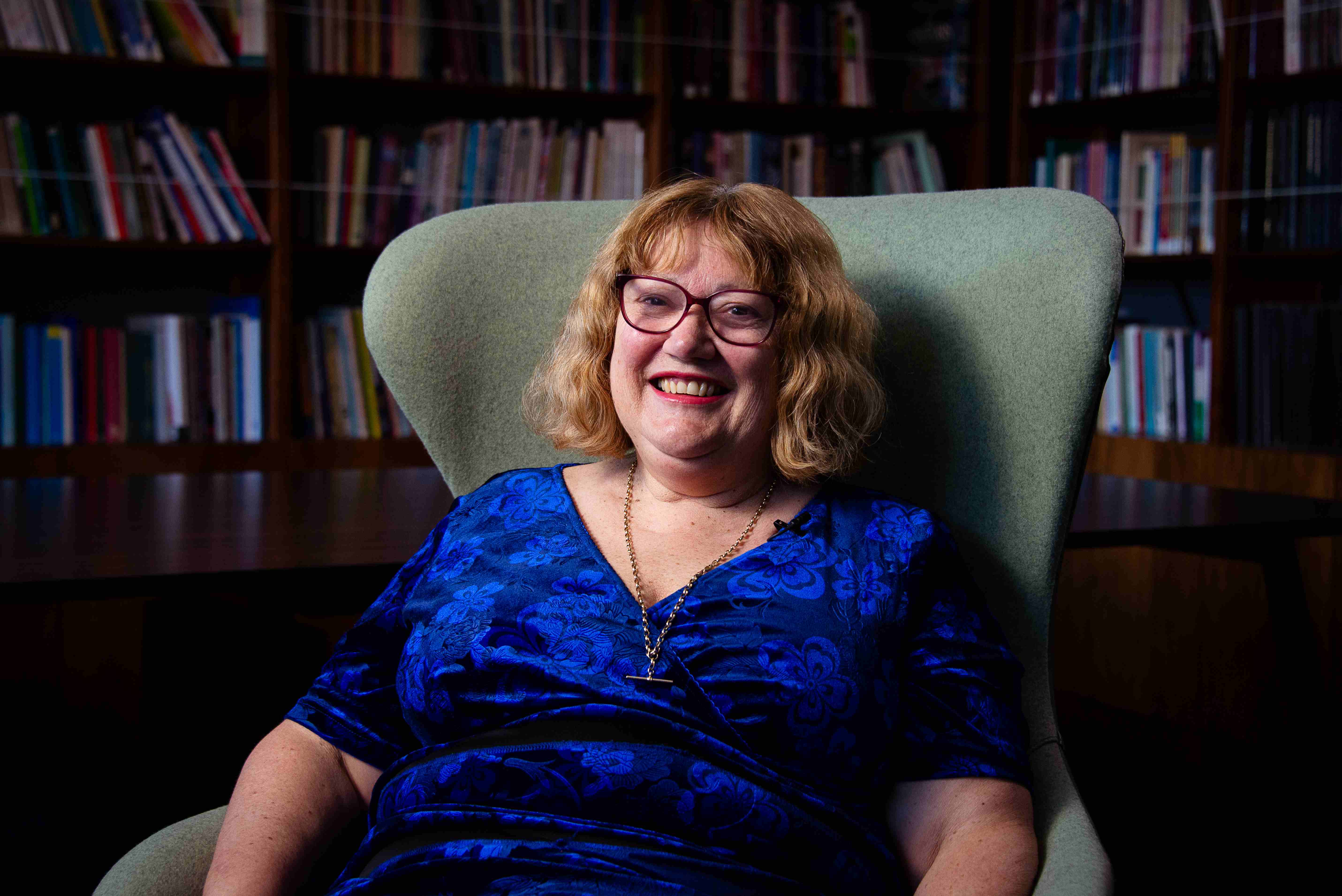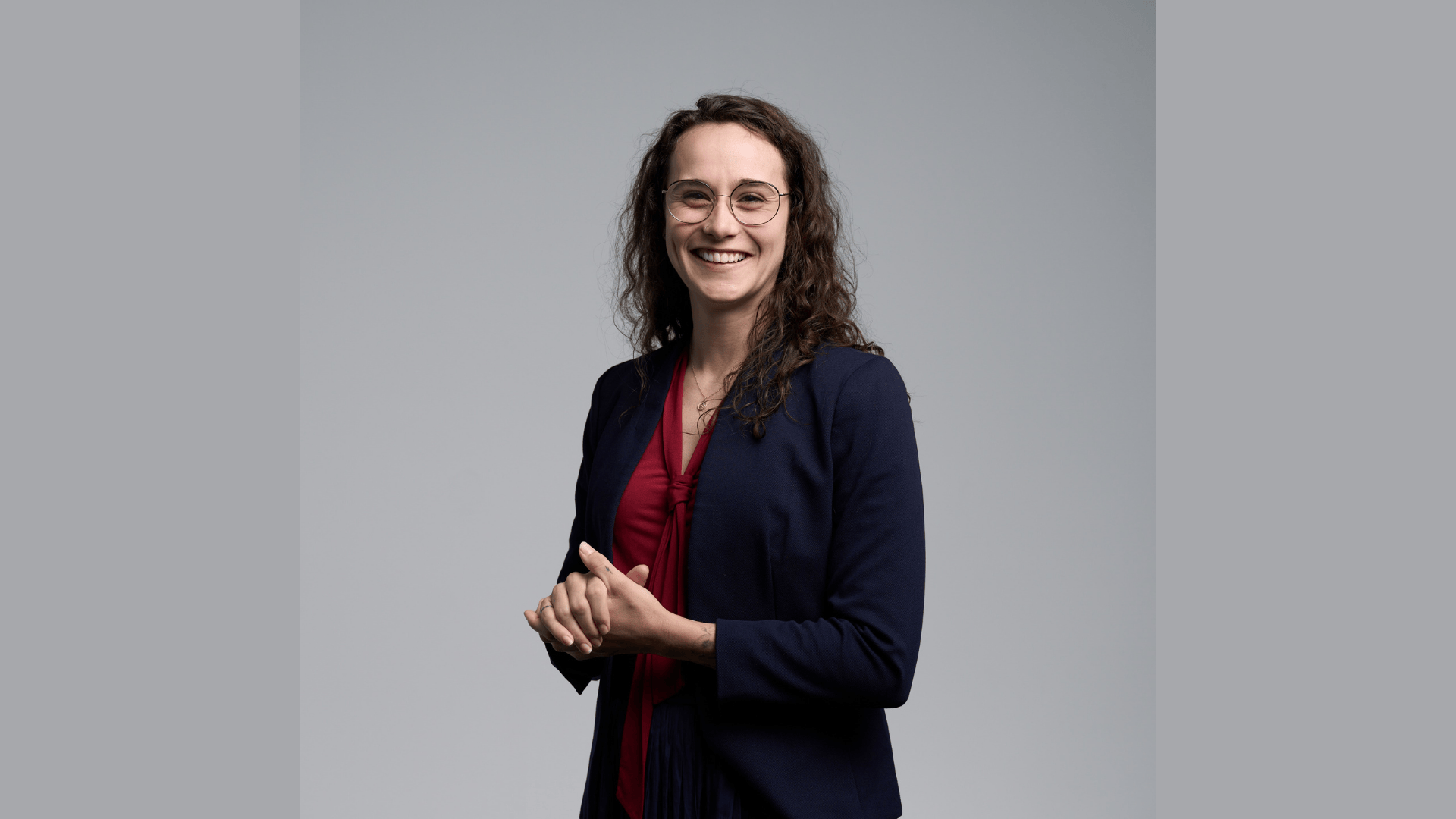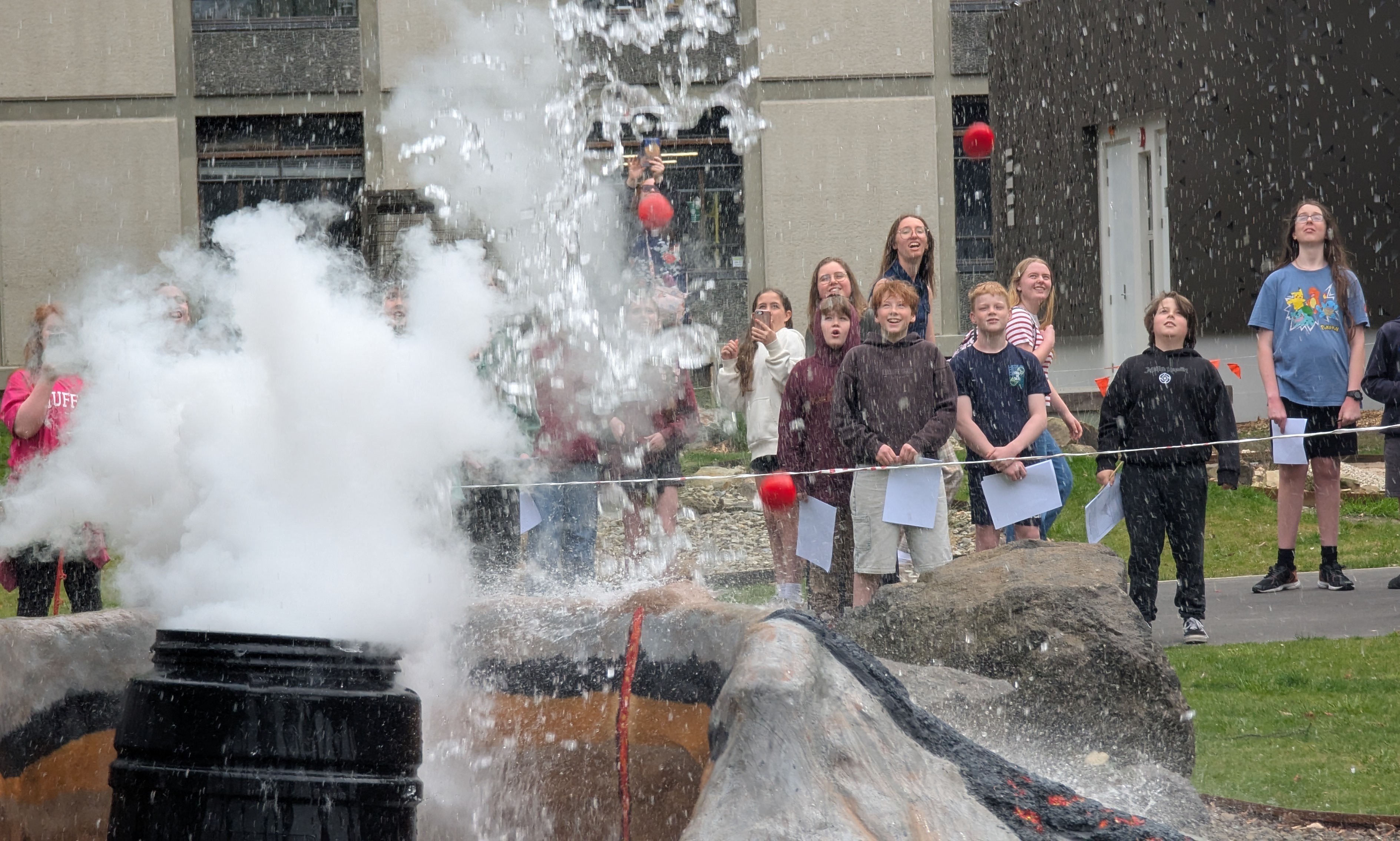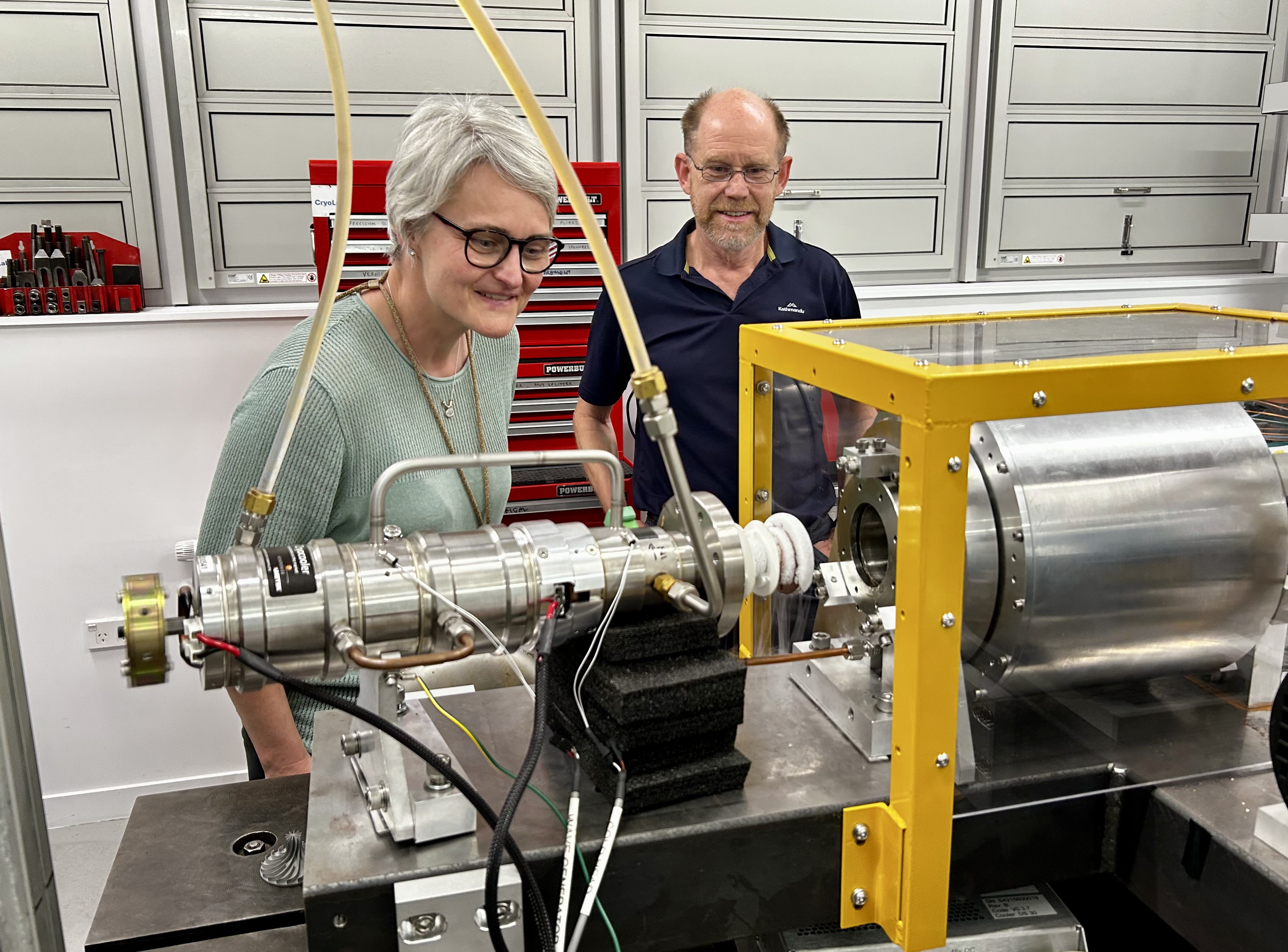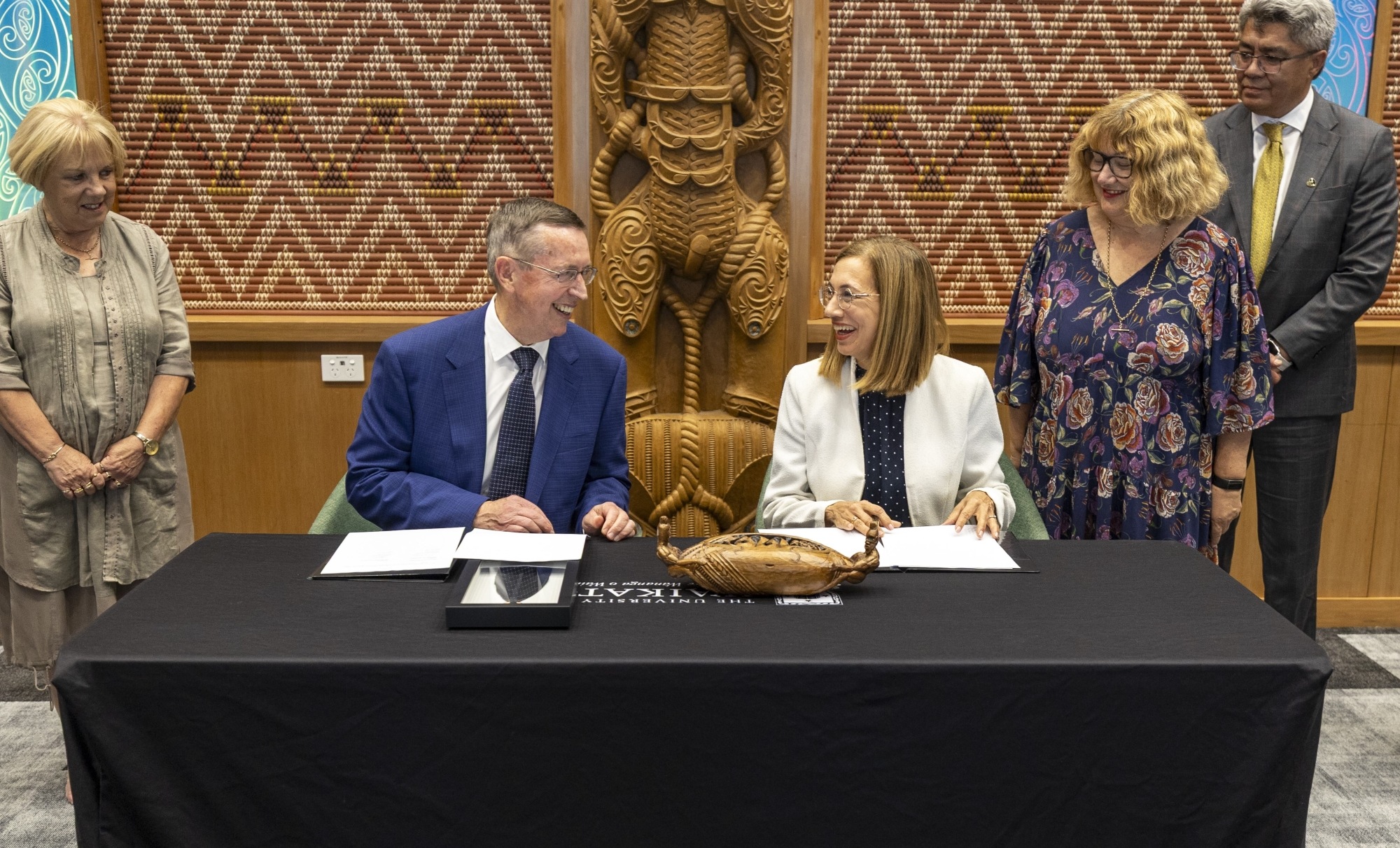Photo caption: Tūranga central library is built with EQ technology to increase resilience. Photo credit: Adam Mork/ Architectus and Schmidt Hammer Lassen.
Most buildings in central Ōtautahi Christchurch were still standing after the Canterbury earthquakes struck in 2010 and 2011. Yet in the months and years that followed, many were demolished because the damage they sustained made repair uneconomical or there was doubt about their future performance in another earthquake.
That experience exposed a flaw in global building codes: the idea that structural damage is acceptable, even necessary, to prevent collapse and protect lives during major earthquakes. Conventional engineering wisdom holds that buildings can sacrifice certain selected components to prevent catastrophic collapse. However, as Christchurch discovered, ‘safe’ doesn’t always mean resilient.
Te Whare Wānanga o Waitaha | University of Canterbury (UC) Mechanical Engineering Professor Geoff Rodgers has made it his mission to challenge that assumption. His innovative research into seismic dampers - design components that reduce vibrations and absorb seismic energy - offers a new philosophy of earthquake engineering; one where buildings withstand earthquake shaking without suffering lasting damage.
“We can’t modify the way the ground shakes, that’s the hand we’ve been dealt, but we can modify the way in which structures respond to that shaking,” says Professor Rodgers.
From student project to city infrastructure
Professor Rodgers began exploring seismic damping methods as a UC engineering student. What started as a final-year project grew into a research career, in collaboration with Distinguished Professor Geoff Chase, that has supported greater seismic resilience of buildings.
Together they developed novel dampers that use the reversible extrusion of lead to absorb and dissipate seismic energy. Unlike traditional systems that rely on sacrificial damage, these devices remain undamaged even after severe earthquakes, eliminating the need for replacement or repair.
The technology has already been adopted in Christchurch’s rebuild. The Forté Health hospital on Kilmore Street became the first major building to integrate these new dampers, using them as part of an innovative ‘rocking-wall’ design. They have since been installed in other high-profile projects, including the city’s Tūranga central library.
This collaboration, with consulting design engineers Lewis Bradford and contractors Southbase, is key to ensuring research outcomes are translated into the real world, where it can have a meaningful impact on improving the seismic resilience of our city.
A shift in building philosophy
Professor Rodgers’ work has earned national recognition, including the Royal Society Te Apārangi Early Career Research Excellence Award and the University of Canterbury Innovation Medal, but its real impact lies in supporting greater resilience of our city’s built infrastructure.
By preventing damage, the devices significantly reduce both the direct costs of structural repairs and the indirect losses from unused buildings. Buildings can be reoccupied far sooner, avoiding the prolonged economic challenges Christchurch endured.
“Considering resilience and continued function is crucial to getting back to business,” Professor Rodgers says.
Looking ahead
He continues to push boundaries, working with colleagues to develop connection designs for modular, low-carbon building systems that combine resilience with sustainability. The vision is clear: future cities where buildings can be constructed quickly and remain safe and functional even after major earthquakes.
As Professor Rodgers puts it, the real challenge isn’t simply to replace exactly what was lost. It’s to ask, ‘replace with what?’ and seek to achieve an improved outcome with increased resilience.
By rethinking what makes a building strong, UC’s innovation is helping shape a future where cities can recover faster, communities can return sooner, and earthquakes no longer mean choosing between safety and survival.
